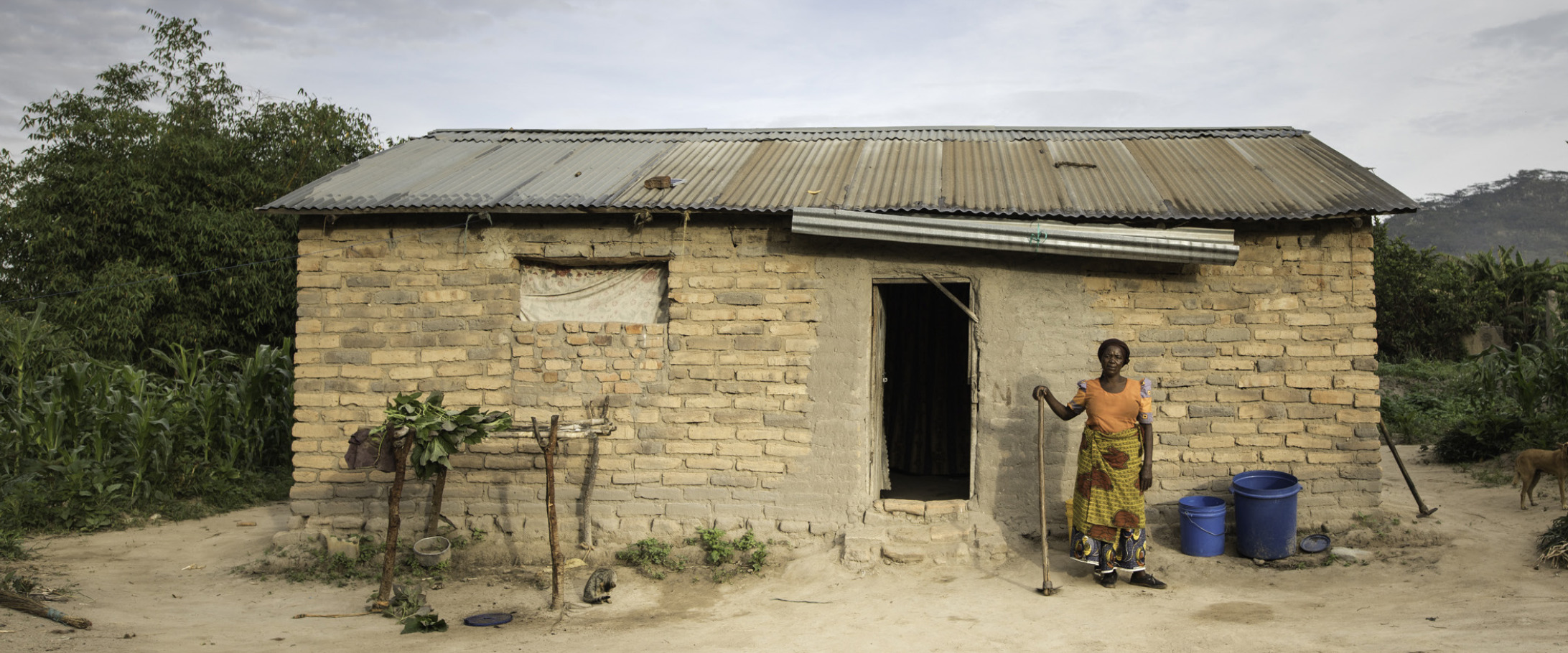
A new film from Australian writer-director Rodd Rathjen is shining a light on human trafficking and modern forms of slavery in our part of the world.
Inspired by real events, Buoyancy tells the story of Chakra, a teenage boy from Cambodia who is tricked into working on a Thai fishing boat under a ruthless and murderous captain. He is threatened, worked to the bone and has little hope of escape.
Chakra’s experiences are similar to those of real-life migrant workers and trafficking survivors who organisations like CARE assist. In Thailand, CARE has helped migrant workers in the fishing and construction industries to understand their legal rights and access counselling.
Here, writer-director Rodd Rathjen tells CARE more about the film.
Buoyancy’s storyline is inspired by the accounts of trafficking survivors you met and interviewed. What were the common threads of their stories?
All were desperate for a better life and thought Thailand could provide that. Most thought they were going to work in a factory or in construction. Once subjected to the world out on the water, they all had stories of unimaginable working conditions, torture and murder. There was overwhelming sadness in all of the stories from survivors. Everybody had lost a friend or brother or someone close to them who migrated to Thailand with them, or someone they’d met working over there. Another common thread was that survivors faced serious challenges reintegrating back into their families and communities, largely due to the intense level of trauma they’d experienced.
People often think of slavery as a thing of the past, but human rights campaigners are increasingly talking about “modern slavery”. What does this look like?
I think we’ve only scratched the surface with Buoyancy. Exploitation is going on everywhere.
There is estimated to be about 40 million slaves in the world at the moment. This takes many forms. In the South East Asian fishing industry, which earns about $6 billion a year and supplies seafood to the rest of the world, estimates are that about 200,000 men and boys from Cambodia, Myanmar and Laos are currently enslaved on boats under these kinds of conditions, very rarely returning to shore.
Many of the actors in the film are acting for the first time, and some have personal experience working on fishing boats. What kind of insights did they bring?
They brought so much insight, which really helped make the film authentic. The cast and crew were so courageous in pouring their hearts out about the emotional and psychological toll of being subjected to this world and the impact it had on them. I could talk to them about anything; from the hopelessness they’d experienced not knowing if they would ever return home, to the devastating impact of sleep deprivation, to the challenges of returning home and reconnecting with their families.
The villain of the film was himself sold and exploited as a boy, and you get the sense this is the main source of his cruelty. Was it important to you to portray the problem as systemic and not just the fault of a handful of bad guys?
Yes absolutely. For me it was important to express the cycle of violence and how you can become capable of such brutality. I didn’t want to have a one-dimensional bad guy. The captain in the film provided an opportunity to offer insight into the systemic abuse, torture and dehumanisation that can filter down through generations.
What can Australians do to ensure they’re not contributing to modern slavery?
We all have the ability to be more conscious consumers, to make choices about the products we buy and ask questions about the supply chains involved.
Buoyancy is currently showing in most Australian capital cities. The filmmakers, together with the organisation Be Slavery Free, have launched a petition for slavery-free seafood labelling in Australia.
Read more about CARE Australia’s work to combat modern slavery.
This interview has been edited for brevity.
